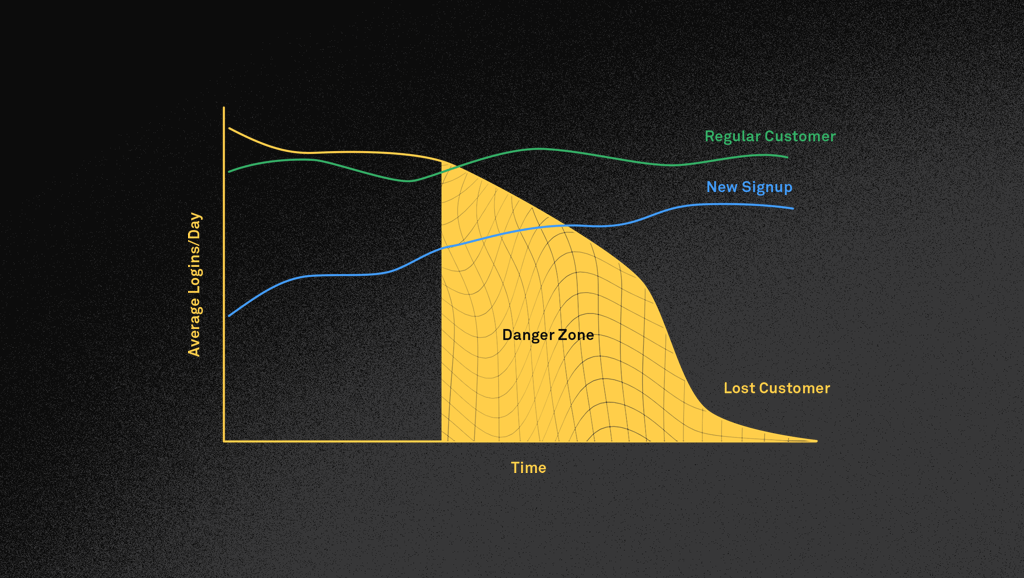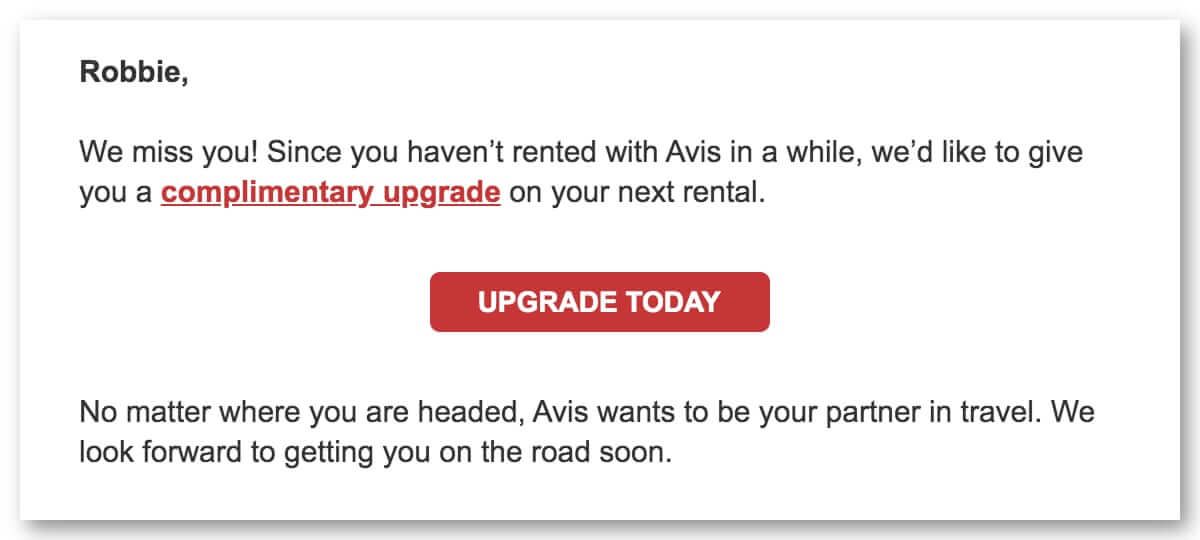We continue our series of posts looking back through the Inside Intercom archive with a selection of some of our most popular posts on customer retention.
This has long been one of the most popular topics on Inside Intercom, and over the years we have examined retention from a number of different perspectives – from measuring net dollar retention to understanding activity churn; from cohort analysis to re-engagement messaging strategies.
“Retaining customers will be more important for survival than ever, but it is also going to become increasingly difficult as the wider economy makes a sudden and painful adjustment in the face of the crisis”
Understandably, in the challenging economic climate brought about by the current COVID-19 pandemic, the topic of retention is going to take on an entirely new relevance – retaining customers will be more important for survival than ever, but it is also going to become increasingly difficult as the wider economy makes a sudden and painful adjustment in the face of the crisis.
Some of the advice in these posts is going to be less applicable in the current moment than it would otherwise be, but thinking carefully about the fundamentals of your customer retention strategy is vital no matter how buoyant or troubled the broader economic outlook. Churn is inevitably going to be more of an issue, but that’s all the more reason to make every effort to ensure your customers can still find value in your product or service.
We hope you find this material useful as you navigate this difficult time.
Customer retention is the new conversion
This has been one of the most popular talks delivered by our co-founder and Chief Strategy Officer Des Traynor in recent years, a deep dive on the importance of retention for the long-term health of your business. As Des points out, the temptation to focus on customer acquisition can distract from the importance of focusing on retention, a focus that needs to start from onboarding and continue coherently from there. Watch the video below, or read the post here.
Key takeaway:
“Net dollar retention is the single defining characteristic of a successful business. If somebody signs up today, how much are they worth in one year’s time? Are they spending more money or less money, or are they still with me at all? And the variables here are typically seen as churn and expansion. Most of the time within your product group, you should be maximizing the opportunity that people will stick around and use more of your product, or minimizing the probability that they’ll quit. And if you can do either of those two things, you’ve a massive leverage on your business.”
Customer retention strategies: 5 best practices & 6 strategies for low churn
This comprehensive post is guaranteed to help you craft a retention messaging strategy that will increase your base of churn-resistant users by ensuring they find continued success from day one.

Key takeaway:
“A study by Price Intelligently showed that a 1% increase in customer acquisition affects your bottom line by about 3.3%. But improving your retention rate by 1% extends customer lifetime value and increases your bottom line by around 7%. That’s right: retention can be twice as powerful as customer acquisition.”
Reduce churn by re-engaging your customers
For SaaS businesses in particular, successfully retaining customers depends on identifying those at risk of churn and re-engaging them. Here, Des offers some guidance for understanding your churn, and the different types of messages you should send depending on your customers’ circumstances.
Key takeaway:
“When you identify previously active customers who are slipping, a well-timed personal email can help to re-engage them. The best case is that you recover a customer; the worst case is you learn why you users leave. Either of these leaves you in a better position than doing nothing.”
How Sprout Social increased retention with customer-centric marketing
Understanding the customer journey is critical to ensure high retention rates, and in this podcast, Sprout Social’s Director of Marketing Strategy, Tara Robertson describes the process by which they revised its customer journey and increased their net revenue retention. Listen below, or read the post here.
Key takeaway:
“Think about what journey your customers are going through. Every customer comes to you because there’s a pain that they’re trying to solve. There’s something that they’re trying to come to your product to find a solution for. Understanding that struggle is the first step to really knowing why your customers sign up, how you can help them solve for that, and what their motivators are for buying.”
Using cohort analysis to improve retention
In this post, Des offers a valuable suggestion for better understanding your retention patterns – the use of cycle plots to analyze the success of different customer cohorts, seeing both micro and macro trends.

Key takeaway:
“Cohorts are useful for visualizing where customers are lost. If the results of a cohort analysis shock you, then you’re not in regular enough contact with your customers. Solve that problem first. There’s no use knowing exactly what’s happening if you don’t know why.”
Don’t tell me you miss me: 3 better approaches to user retention
This recent essay by Senior Product Manager Robbie Allan points out a fundamental flaw of far too many retention messaging campaigns – by pretending they miss you as you churn, they rely on an inauthentic familiarity that customers can instantly see through.

Key takeaway:
“Deep down we know that the business doesn’t really miss us. The business doesn’t know our sparkling personality or understand our unique contribution to the community – the business just misses our money. A retention campaign that paints a commercial relationship as a personal one will always be awkward at best and at worst will create ill will.”
If you found this useful or have other topics you’d like to see us cover in the Reading List series you can give us feedback through the Messenger on this page.
